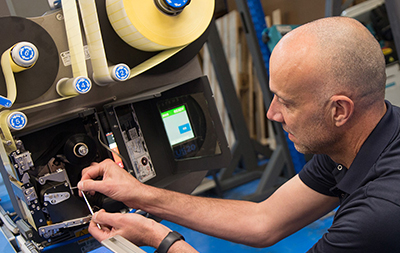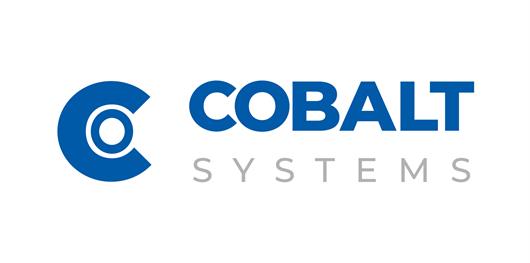 Add My Company
Add My Company

For any production or warehousing environment, making sure that you have an effective repair strategy for your print and apply machines can be the difference between running an efficient line, wasting money during downtime while you wait for repairs and, worst-case scenario, letting down a customer and losing a contract.
Whether you’re running a 24/7 production line or you have a single print and apply machine to speed up your smaller-scale operation, keeping on top of your repair schedule is crucial, and thinking about how you deal with breakdowns before they happen is key to ensuring that your production line runs with maximum uptime.
Dealing with the impact of downtime on your print and apply systems and helping you create an effective repair schedule for your machines, this guide asks the question: how reliable is your print and apply repair strategy; and how can you make it better?
The impact of repairs on downtime
As with any complex machine, repairs and maintenance are necessary for all print and apply machines at some point in their lifetime.
If a machine does falter, the cost can be enormous. As print and apply machines often sit at the end of production lines, an issue at this stage can mean stopping the entire line before the problem is solved, which can create difficulties throughout a business.
For more information on the cost of downtime in production lines, read our comprehensive guide here.
Creating an effective print and apply machine repair strategy
Thinking about how to deal with repairs and breakdowns before they happen can help you to overcome the difficulties that come with downtime. Whether that means having a second print and apply machine ready to take over the duties of the first or you have an extra engine ready to “hot-swap” when needed, you can reduce the amount of downtime your line experiences with a proper strategy.
With Cobalt print and apply systems, our team are well-placed to deal with your repairs and maintenance and ensure that your production lines are back up and running as fast as possible, should an issue arise.
Actively monitoring your systems to ensure that you can create proactive repair schedules is the best way to ensure that you’re ready when repairs need to happen. Being prepared for downtime by knowing when your machines need maintenance can mitigate the risks associated with downtime, working on a series of repairs and ongoing maintenance at the same time and ensuring that your production line is as efficient as possible at all times.
For lines that require 24/7 operation, Cobalt can also design solutions that involve continuous operation, with machines running in sequence to ensure that when one needs to have media replenished or to undergo repairs, a secondary machine picks up the workload immediately. In these instances, your repair strategy can be less of an issue due to the capacity for labelling remaining the same even while the primary machine is being repaired
Do you need a second machine or does a hot-swap strategy work for you?
When it comes to mitigating the impact of repairs most effectively, two strategies stand out – having a secondary machine, and keeping a spare print engine (or multiple engines depending on requirements) on site to perform a hot-swap.
Hot-swapping involves switching out a print engine in a print and apply solution while the first is either repaired or replaced. So instead of calling out an engineer to repair the entire system, when a problem occurs with the print engine, a five-minute task to swap to a spare keeps the print and apply machine working as intended with minimal downtime.
Hot-swapping print engines is recommended as around 85% of the failures in print and apply systems occur due to the print engine itself. With a hot-swap engine, the downtime can be minimised in the vast majority of cases, and you can ensure that your systems are up and running again quickly in the event of print engine failure.
A secondary machine can also be extremely useful in production lines that can’t afford to stop running regardless of repair cycles. For larger companies in certain industries, a secondary print and apply machine – or even more if required – can ensure that repair strategies are managed most effectively.
Cobalt engineers can advise on the right setup for your business, working with you to design a system that works. Find out more about our maintenance and repair services here, or get in touch with our team using the form below.
For more information on How Reliable is your Print and Apply Machine Repair Strategy? talk to Cobalt Systems Limited

